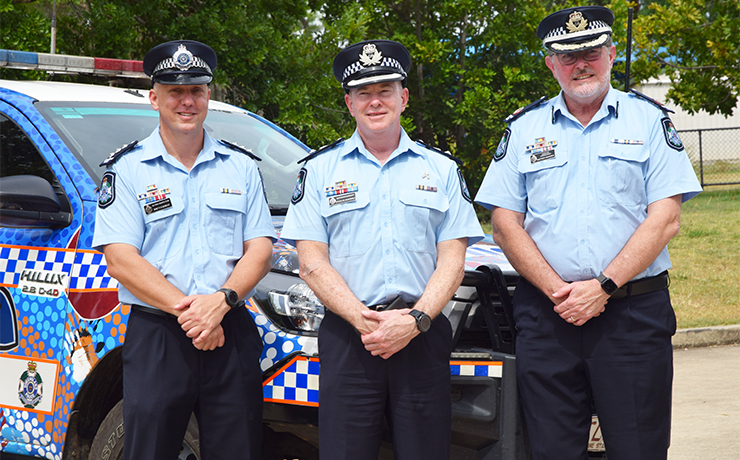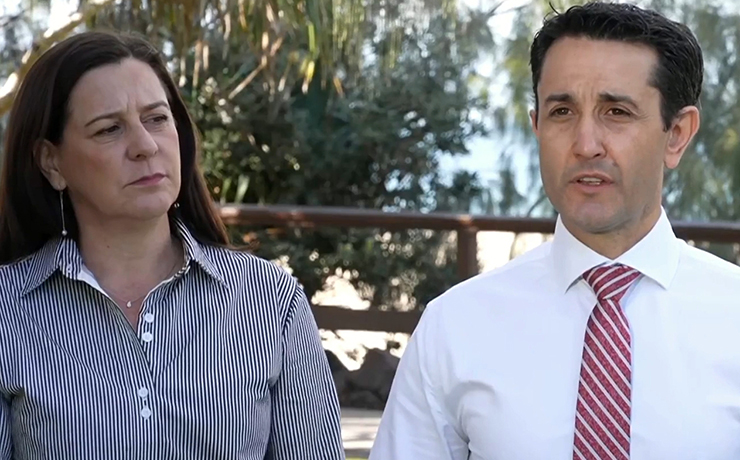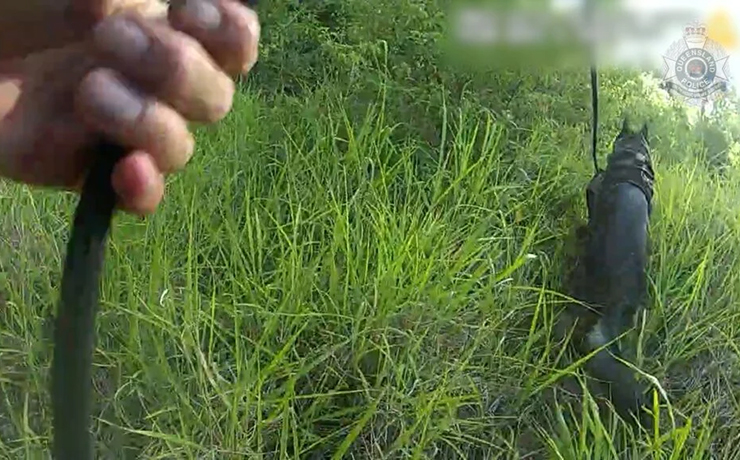
and airports (Photo: USAF)
June 6, 2019
A promising new way to clean up water supplies contaminated by toxic PFAS pollution has been developed by South Australian researchers.
Polyfluorinated alkyl substances (PFAS) pollution has become an issue because of extensive historical use of fire-fighting foams containing PFAS at airports and Department of Defence sites, resulting in contaminated ground and surface water.
PFAS is commonly used in non-stick and protective coatings, lubricants and aviation fire-fighting foams.
It does not break down readily in the environment.
In July 2016, the State Government introduced a policy for the management of firefighting foam, including the phasing out of foams containing PFAS chemicals.
PFAS contamined sites in Queensland have been identified at multiple locations, including Oakey, Ipswich and Bundaberg, Department of Defence sites plus some airports and fire stations.
Researchers at Flinders University Institute, in collaboration with the University of South Australia, have now developed a new type of absorbent polymer made from waste cooking oil and sulphur, combined with powdered activated carbon (PAC), to remove the PFAS chemicals from the contaminated water.
The scientists said the new polymer adheres to carbon in a way that prevents caking during water filtration.
It works faster at PFAS uptake than the commonly used and more expensive granular activated carbon method, and it dramatically lowers the amount of dust generated during handling PAC that lowers respiratory risks faced by clean-up workers.
“We need safe, low-cost and versatile methods for removing PFAS from water, and our polymer-carbon blend is a promising step in this direction,” Dr Justin Chalker, the co-director of the study, said.
“The next stage for us is to test this sorbent on a commercial scale and demonstrate its ability to purify thousands of litres of water. We are also investigating methods to recycle the sorbent and destroy the PFAS.”
The team demonstrated the effectiveness of the polymer-carbon blend by purifying a sample of surface water obtained near an RAAF airbase.
The new filter material reduced the PFAS content of this water from 150 parts per trillion (ppt) to less than 23ppt, well below the 70ppt guidance values for PFAS limits in drinking water issues by the Federal Department of Health.
The core technology for this PFAS sorbent is protected by a provisional patent.






















